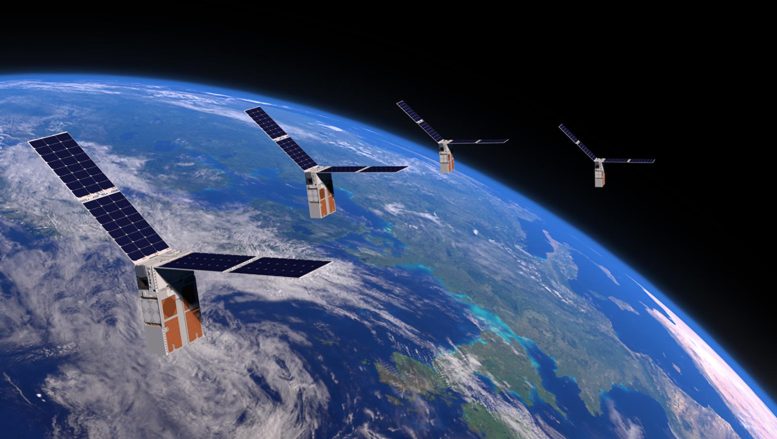
NASA’s Starling mission will test new technologies for autonomous swarm navigation on four CubeSats in low-Earth orbit. Credit: Blue Canyon Technologies/NASA
NASA’s Starling mission successfully tested autonomous navigation in space using “star tracker” sensors, paving the way for more accurate orbital predictions in the StarFOX experiment.
NASA’s Starling mission accomplished a significant objective for the StarFOX (Starling Formation-Flying Optical Experiment) experiment, a test of autonomous navigation, co-location, and situational awareness in space.
Using downlinked images from onboard “star tracker” sensors, the team used ground-based software to demonstrate StarFOX’s ability to autonomously differentiate the background field of stars and other orbiting spacecraft from fellow members of the Starling swarm.
The spacecraft captured one photo every minute, and despite inconsistencies in illumination and minimal relative motion, the software was able to use the angular positions of the other Starling satellites within those images to estimate their orbits accurately with respect to GPS measurements captured during the test.
The next step is to demonstrate this software in orbit with similar results, autonomously correcting orbit predictions over time as each photo provides more data about the trajectory of spacecraft in the swarm.
StarFOX is being led by Stanford University’s Space Rendezvous Laboratory.

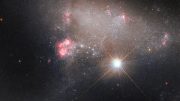
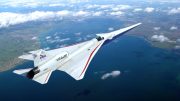
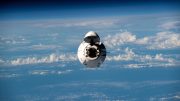
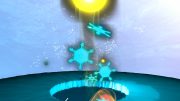
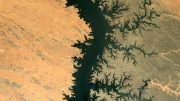
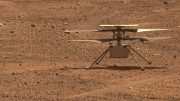


Be the first to comment on "StarFOX Experiment: NASA’s Starling CubeSats Succeed in Autonomous Navigation Test"